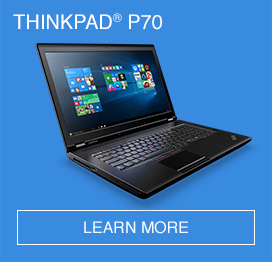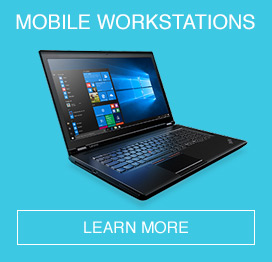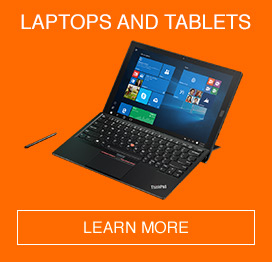From smart glasses to the slew of health trackers, smart watches, tablets and phablets now hitting the market, mobile devices are making headlines every day. Here's a look at some of the key trends for the year ahead.
1. Window on the world
Mobile screens are becoming our primary way to access the internet – the “the prime screen for content consumption”, according to JWT Intelligence. A US study shows that time spent on mobile devices is now outpacing television, with people spending 151 minutes per day on smartphones, compared to 147 in front of TVs.
More than a third of screen time is “multiscreen time”, where people use TV and mobiles at the same time. This has implications for businesses, governments and other organisations when building their digital presence and seeking to communicate with consumers.
2. Wearables
Wearable devices are seeing massive growth. IDC predicts 19 million wearables were shipped in 2014, rising to 111.9 million by 2018. The shift is from "accessory" devices that depend on their connectivity with other devices – such as a health monitor and smartphone – to fully independent, smart devices like Google Glass, which function with full autonomy.
The success of devices like sleep tracker sense, which reached its $100,000 funding goal on Kickstarter in just seven hours and has now raised $13 million, show strong consumer awareness and demand for tracking devices. Mobiles have a significant role to play when it comes to big data, removing the need for manual data collection, input and even analysis.
3. Screen size
Smartphones are getting bigger, already to the size of phablets (phone tablets). Back in 2007, the average screen size was three inches, rising to four by 2012. In 2016, the average screen size reached five inches.
Larger smartphones may mean you can no longer slip them into your pocket, but they’re arguably playing a greater role as productivity devices. Biometrics, mobile payments, ultra-high-definition screens and increasingly high-end cameras are all key trends for smartphone technology.
4. Tablets
Tablets were forecasted to grow 47 percent back in 2014, with lower average selling prices attracting new users, according to Gartner. Despite the price drop, tablets continue to get more powerful, becoming low-cost, micro laptops with “keyboard cases” providing portable typing functionality and major software developers delivering mobile versions of desktop apps.
They’re also getting bigger and smaller, growing to desktop replacement size on one end of the scale while shrinking at the other end to encroach on smartphone territory. Buyers may want to consider consolidating their devices, and will face some tricky decisions about which sizes to select.
5. Ultrabook™
Far from being driven into obsolescence by tablets, laptops continue to hold their own as a segment, though sales remain flat. They’re increasingly taking inspiration from their smaller, lighter rivals to the point of becoming hybrids. Portable Ultrabook™ PCs are a key trend, featuring touchscreens, Solid-State Drives and even designed as convertibles and detachables.
Screen resolution is going up, with 4K Ultra HD now the gold standard. USB Power Delivery is taking over from traditional USB, meaning laptops can power and be powered by other mobile devices.
6. Consolidation
From a plethora of different mobile operating systems, we’re now starting to see the market condense to a few key players, with dominance currently split between Android™ and iOS. But IDC tips Windows® Phone as the only major mobile OS set to see a gain in market share in the next few years, nearly doubling – albeit from a low base – by 2018.
Perhaps most significantly, mobile technology is changing us. It’s “rewiring consumer behaviour”, as JWT puts it, and is a hugely disruptive force. Businesses, products and services that were never before possible are now flourishing in this mobile, digital world.

















